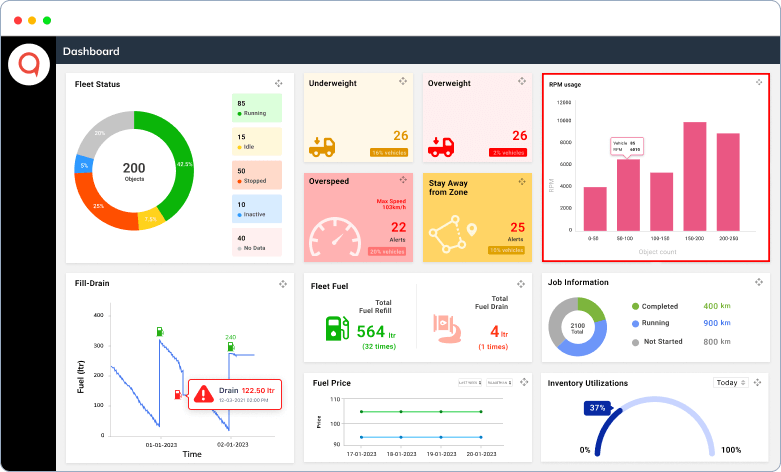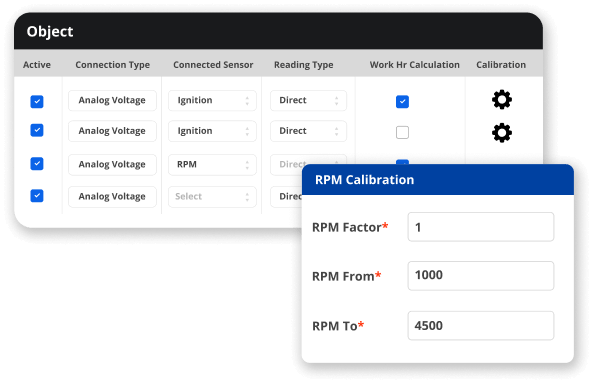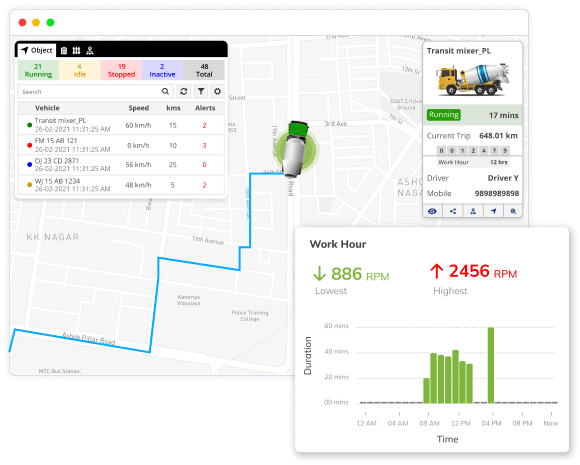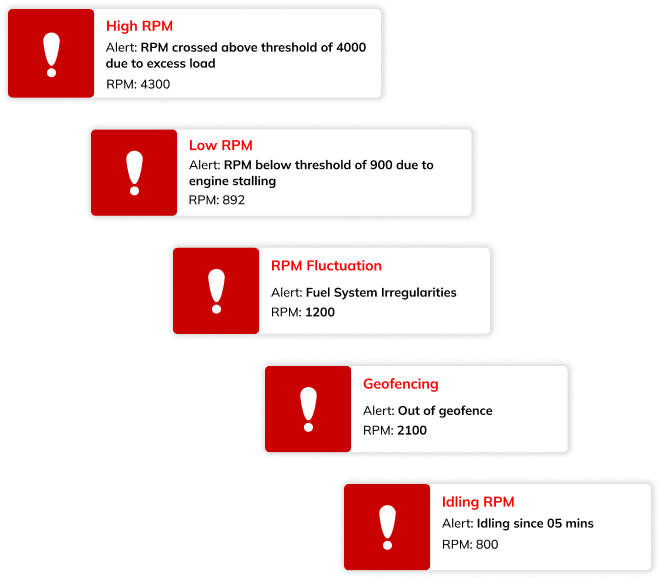RPM Monitoring empowers fleet managers with the flexibility to set specific RPM limits or ranges significantly based on individual preferences, vehicle types, or driving conditions.
This feature allows certainly for fine-tuning the RPM monitoring system to align with unique operational requirements.
Fleet managers can straightaway define upper and lower RPM limits for each vehicle. This certainly ensures that drivers do not over run the engine excessively.
Morever, different vehicles in the fleet can have tailored RPM thresholds to account for variations in engine specifications and performance characteristics.







